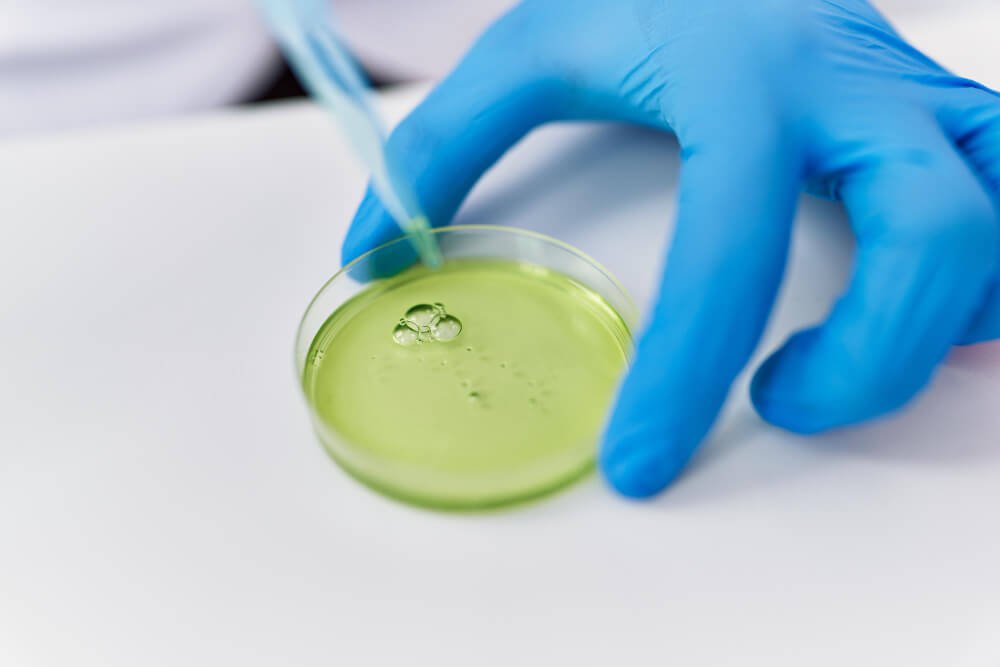Ultraviolet radiation from sunlight accelerates skin aging by damaging DNA, proteins, and lipids. This process leads to wrinkles, uneven tone, and loss of elasticity. NAD+ plays a vital role in repairing UV-induced DNA damage and maintaining the skin’s structural integrity.
How UV Radiation Damages Skin
UVB rays penetrate the epidermis and cause direct DNA mutations, while UVA rays generate reactive oxygen species that damage collagen and elastin. Together, these stressors increase oxidative load and inflammation, weakening the skin’s protective barrier.
The Protective Role of NAD+
NAD+ fuels enzymes like PARPs and sirtuins responsible for DNA repair and mitochondrial health. Adequate NAD+ levels enable skin cells to correct UV damage more efficiently and reduce inflammatory signaling. Restoring NAD+ also enhances the production of new collagen, supporting youthful texture and tone.
Enhancing Protection Naturally
- Use broad-spectrum sunscreen daily
- Stay hydrated and maintain a diet rich in antioxidants
- Support NAD+ through NMN or NR supplementation
- Consider topical NAD+ formulations for skin recovery
Final Takeaway
Protecting the skin from UV damage goes beyond sunscreen. Maintaining healthy NAD+ levels supports natural repair mechanisms, promoting radiant, resilient, and youthful skin.




